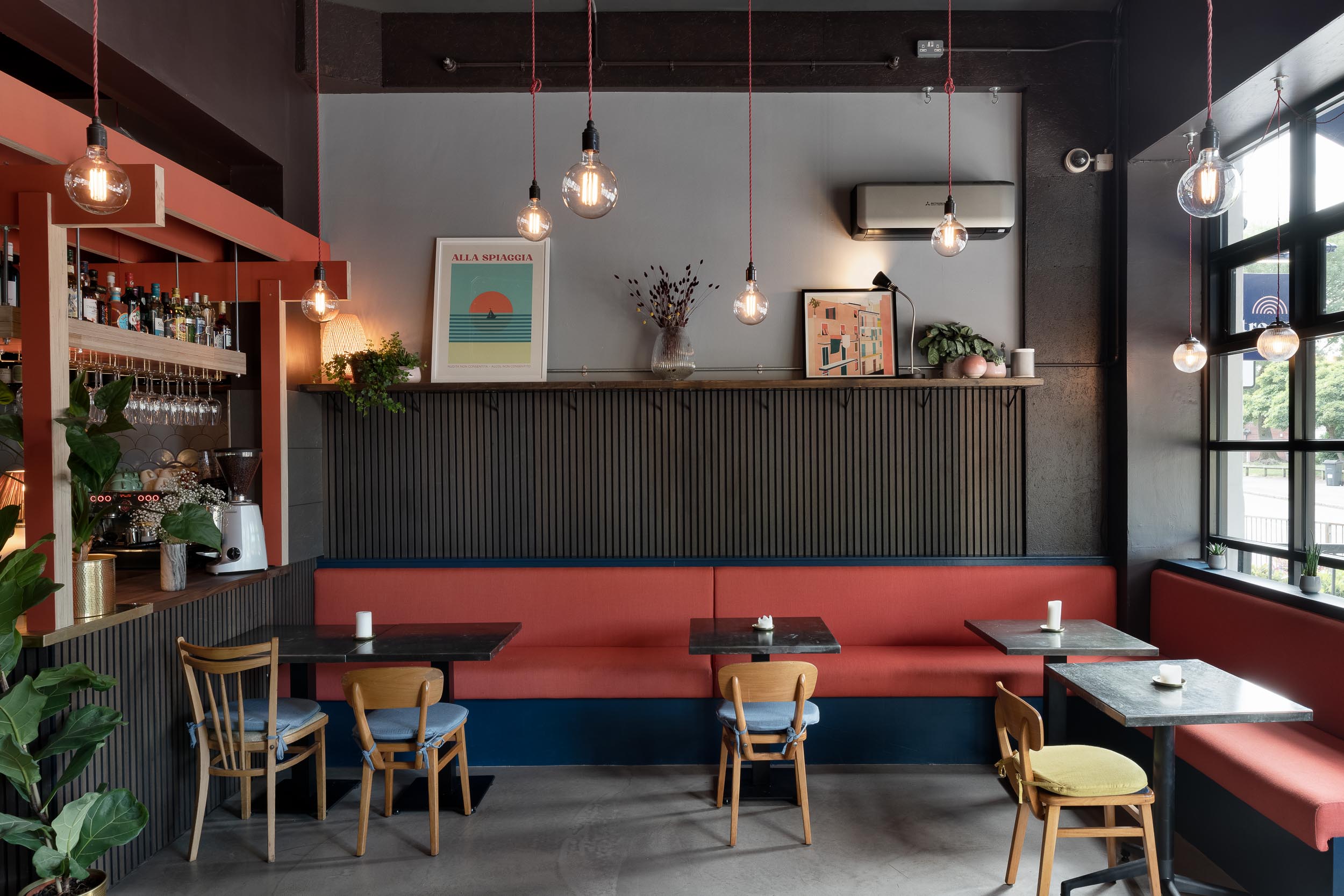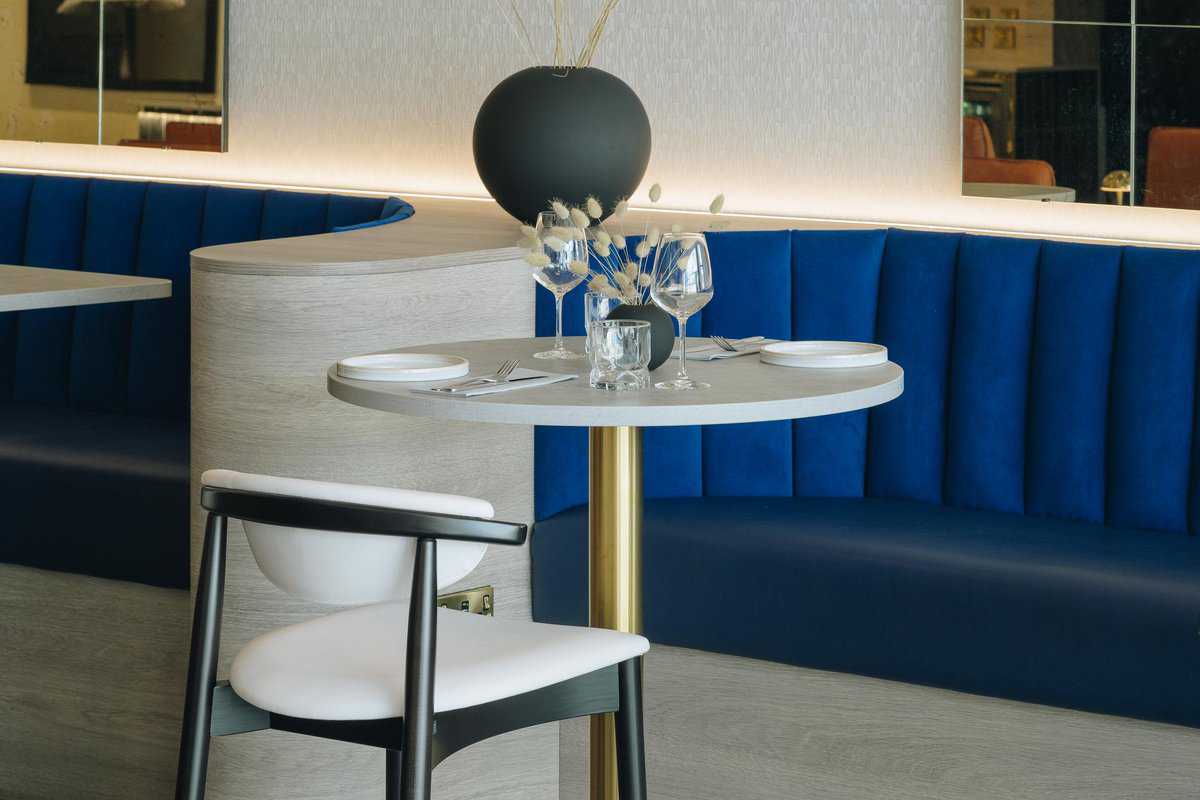Selecting bar interiors requires balancing aesthetics with operational functionality. Many establishments stumble by prioritizing looks over practicality, leading to costly revisions. Here are three critical errors to avoid:
Ignoring Operational Flow
Designing solely for visual impact neglects staff efficiency and customer movement. Poorly placed service stations, bottlenecks near entrances, or inadequate storage disrupt service.
Avoidance Strategy:

- Map workflow paths: Chart primary routes from bar to service areas, kitchen (if applicable), and restrooms.
- Simulate service: Test staff movement during peak hours using mock layouts before finalizing.
- Prioritize back-of-house: Ensure sufficient, accessible storage for glassware, liquor, and dry goods.
Underestimating Lighting and Acoustics
Incorrect lighting can sabotage ambience, while poor acoustics create uncomfortable noise levels.
Avoidance Strategy:
- Layer lighting: Combine ambient (general), task (e.g., over bar, tables), and accent lighting (highlighting features). Install dimmers.
- Calculate acoustic treatments: Integrate materials like acoustic panels, textured walls, upholstered seating, and carpets strategically to absorb sound and prevent echo.
- Zone acoustics: Create quieter zones using spatial dividers or varied ceiling heights if space allows.
Choosing Form Over Durability & Maintenance
Opting for trendy but delicate materials or complex fixtures guarantees high upkeep costs and premature deterioration under typical bar conditions.
Avoidance Strategy:
- Select bar-grade materials: Prioritize commercial-grade fabrics, scratch/stain-resistant surfaces, waterproof finishes, and easily replaceable components.
- Evaluate maintenance needs: Can grout lines be easily cleaned? Will delicate finishes withstand chemical cleaners? Avoid intricate designs that trap grime.
- Test fixtures: Choose robust hardware, particularly for high-touch areas like door handles, faucets, and bar rails.
Successful bar interiors merge desired atmosphere with seamless function and resilience. Rigorously evaluating workflow, sensory experience, and material durability from the outset prevents expensive mistakes and ensures long-term operational success.







